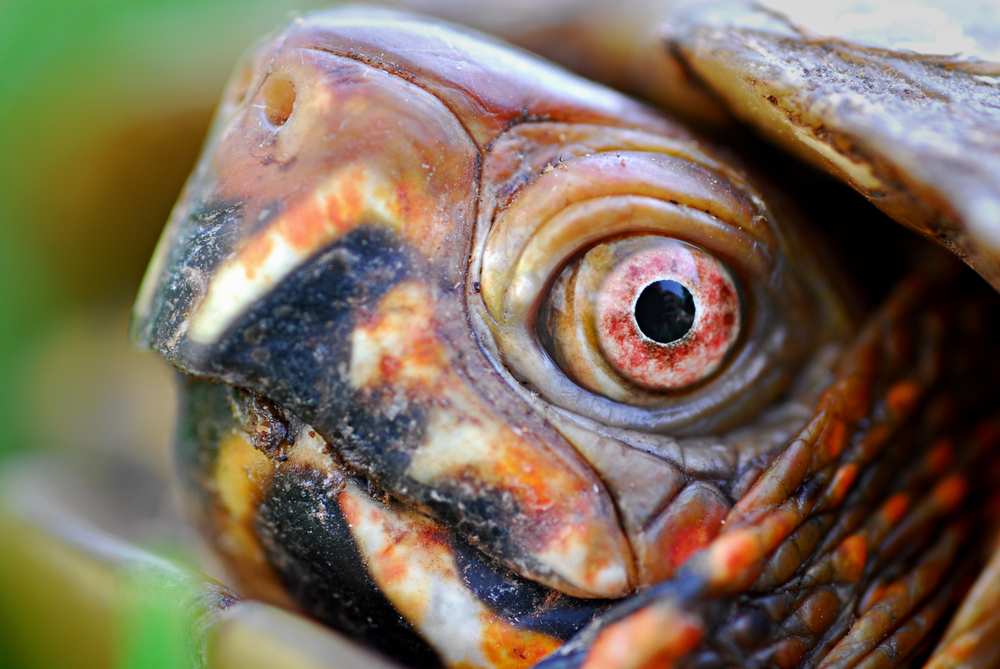Eye infections in turtles can present a variety of symptoms, including puffiness, swelling, and redness. Identifying the underlying cause is crucial for effective treatment. While injuries and water quality issues are common culprits, diagnosing specific pathogens can be challenging due to the diverse range of potential causes.

Specific pathogens implicated in turtle eye infections include Aeromonas spp., various bacteria such as Bacillus spp., Staphylococcus species, and fungal species like Candida spp. Additionally, Vitamin A deficiency is a common concern in turtles and can contribute to ocular health issues.
Diagnosing these pathogens accurately is crucial for targeted treatment. Next-generation DNA sequencing techniques offer a promising avenue for detecting elusive pathogens, enabling veterinarians to tailor treatment plans effectively. The MiDOG All-in-One test is a valuable tool in this regard, providing comprehensive insights into the microbial profile of turtle eye infections.
Treatment options for turtle eye infections vary depending on the underlying cause. Scratched or poked eyes may require topical application of non-steroidal eye medication, while Vitamin A deficiency warrants dietary adjustments and, in severe cases, veterinary intervention. Bacterial infections often necessitate antibiotic therapy, coupled with meticulous hygiene practices to prevent secondary complications.
It’s imperative for pet owners to seek prompt veterinary care at the first sign of eye infection symptoms in their turtles. Veterinarians can provide accurate diagnosis and prescribe appropriate treatment tailored to the individual animal’s needs. Additionally, ensuring optimal husbandry practices, including maintaining clean water and a balanced diet, is essential for preventing recurrent infections and promoting overall ocular health in turtles.

In conclusion, while eye infections in turtles pose diagnostic challenges, advancements in molecular diagnostics offer valuable insights into pathogen identification and treatment strategies. By leveraging these technologies and seeking timely veterinary care, pet owners can safeguard the ocular health and well-being of their beloved turtles.
References:
İşler, C. T., et al. “Evaluation of the eye diseases seen in Loggerhead Sea turtle (Caretta caretta).” Revue Med Vet 165, no. 9-10 (2014): 258-262.
Di Ianni, Francesco, et al. “Conjunctival flora of clinically normal and diseased turtles and tortoises.” BMC veterinary research 11 (2015): 1-9.
Categories: Bacterial Infections, Exotic Pets, Eye Infections, Next-Gen DNA Sequencing Technology, Pet Health, Safety and Wellness, Pet Parents, Turtles

